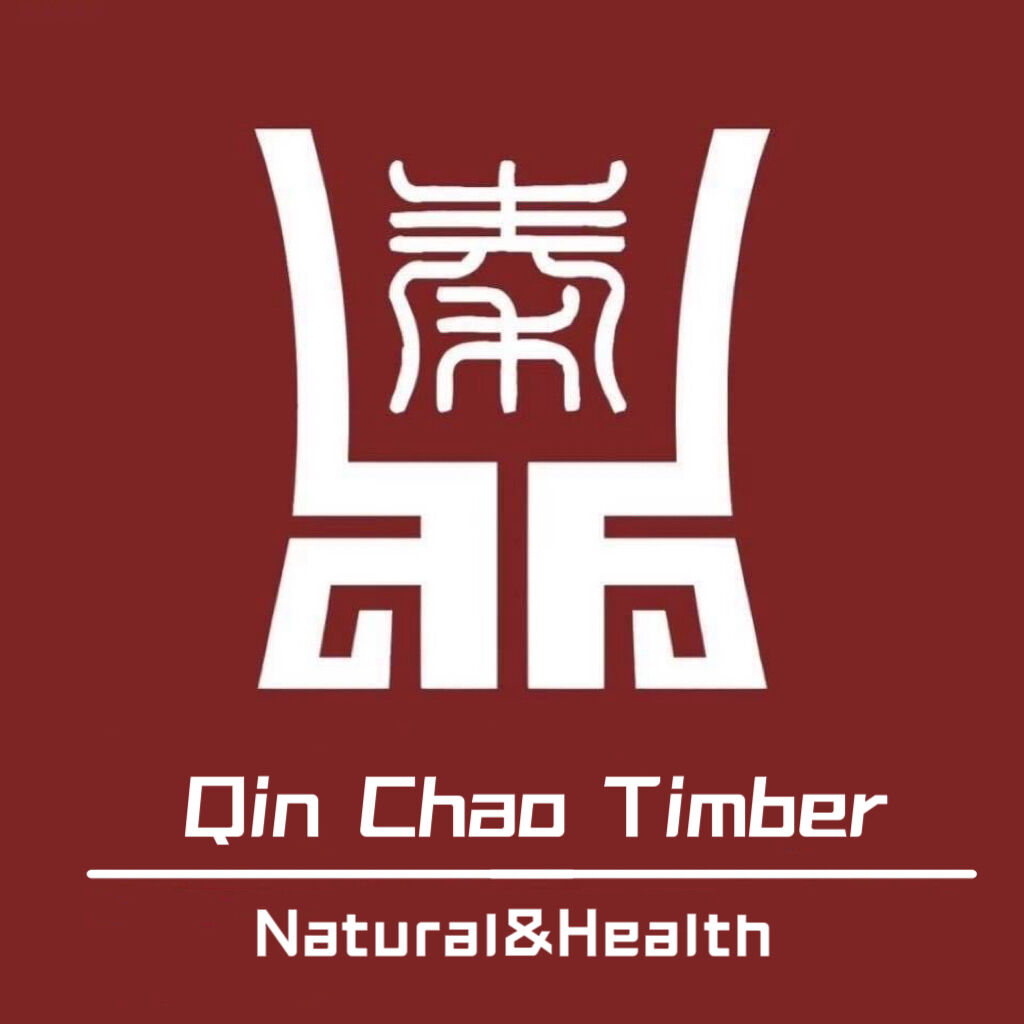ชูซูกิแบน (Shou Sugi Ban) ซึ่งเป็นเทคนิคของญี่ปุ่นในการเผาไม้ ได้ถูกนำมาใช้ในงานก่อสร้างสมัยใหม่ในช่วงไม่นานมานี้ เนื่องจากความสวยงามและความแข็งแรงของมัน เทคนิคนี้ช่วยจับกระบวนการความเสื่อมสภาพตามธรรมชาติของไม้ไว้ได้ พร้อมทั้งเสริมความต้านทานแมลงศัตรูไม้ตามธรรมชาติ ซึ่งทำให้มันเป็นวัสดุที่เหมาะสำหรับงานสถาปัตยกรรมยุคปัจจุบัน
ประวัติศาสตร์ของ Shou Sugi Ban
ชูซูกิแบน (Shou Sugi Ban) มีประวัติย้อนกลับไปประมาณสามศตวรรษที่ผ่านมาในประเทศญี่ปุ่น โดยช่างฝีมือได้พัฒนาเทคนิคนี้ขึ้นเป็นส่วนใหญ่ เพื่อปกป้องไม้ไซเปรส (cypress wood) ขณะสร้างบ้านและวัดวาอารามทั่วประเทศ วิธีการนี้ให้ผลลัพธ์อันยอดเยี่ยมในการต้านทานการเน่าเสียและแมลงศัตรูไม้ เนื่องจากมีขั้นตอนหนึ่งเป็นการเผาไม้โดยตรง ซึ่งถือว่าเป็นวิธีการที่ชาญฉลาดมาก ด้วยความที่ปัจจุบันความยั่งยืนกลายเป็นเรื่องสำคัญ สถาปนิกจึงเริ่มนำเทคนิคโบราณของญี่ปุ่นนี้มาใช้ในอาคารยุคใหม่ ไม่เพียงแต่ให้ลวดลายที่เป็นเอกลักษณ์สวยงามเท่านั้น แต่ไม้ที่ผ่านการบำบัดแล้วยังคงความแข็งแรงทนทานอีกด้วย นักออกแบบบางคนยังพูดถึงข้อดีที่ว่าเทคนิคนี้ช่วยเพิ่มลักษณะเฉพาะให้กับอาคาร และยังช่วยลดค่าใช้จ่ายในการบำรุงรักษาในระยะยาวอีกด้วย
ประโยชน์ของการใช้ Shou Sugi Ban ในงานออกแบบสมัยใหม่
การชุกิแบนแบบโชว์ให้ไม้ได้รับการปกป้องเพิ่มเติมอีกหนึ่งชั้น ซึ่งช่วยยืดอายุการใช้งานของไม้ออกไปได้มาก และยังเพิ่มความทนทานต่อสภาพอากาศที่ไม่เอื้ออำนวยอีกด้วย เมื่อนำวิธีการนี้ไปใช้ภายนอกอาคาร กระบวนการการเผาผิวไม้จะสร้างลวดลายที่เป็นเอกลักษณ์สีดำคล้ำ ซึ่งทำให้ไม้มีความแข็งแรงมากขึ้น และต้องการการดูแลรักษาที่น้อยตามกาลเวลา เทคนิคนี้ไม่เพียงแค่ช่วยอนุรักษ์วัสดุเท่านั้น แต่ยังเพิ่มเสน่ห์เฉพาะตัวให้กับการออกแบบทางสถาปัตยกรรม อีกทั้งเหล่าสถาปนิกจำนวนมากชื่นชอบการใช้วิธีการนี้ เพราะสามารถสร้างสรรค์อาคารที่มีลักษณะทันสมัย แต่ยังคงไว้ซึ่งความอบอุ่นและเนื้อผ้าของความรู้สึกแบบดั้งเดิม โครงการก่อสร้างที่น่าทึ่งหลายแห่งทั่วโลกต่างแสดงให้เห็นถึงความแตกต่างระหว่างเทคนิคการก่อสร้างสมัยใหม่กับวิธีการรักษาไม้แบบดั้งเดิมของญี่ปุ่น
ผลกระทบต่อสิ่งแวดล้อมและความยั่งยืน
Shou Sugi Ban เสนอทางแก้ที่ยั่งยืนด้วยกระบวนการพิเศษที่เผาผิวไม้ด้วยถ่าน ทำให้ไม้มีความต้านทานสภาพอากาศที่คงทนยาวนาน วิธีการดั้งเดิมนี้มีต้นกำเนิดจากประเทศญี่ปุ่นมานานหลายศตวรรษ และกลายเป็นที่นิยมเพิ่มขึ้นในฐานะแนวทางการก่อสร้างที่เป็นมิตรต่อสิ่งแวดล้อม เทคนิคนี้ใช้ไม้ที่หาได้ในท้องถิ่น และลดการใช้สารเคมี ทำให้ลดการปล่อยคาร์บอนฟุตพรินต์ได้อย่างมากเมื่อเทียบกับวิธีการทั่วไป สิ่งที่ทำให้ Shou Sugi Ban น่าสนใจเป็นพิเศษคือความทนทานของไม้ที่ผ่านการแปรรูปแล้ว เนื่องจากไม้สามารถคงทนได้นานกว่าทางเลือกที่ไม่ได้ผ่านการแปรรูปมากนัก จึงไม่มีความจำเป็นต้องเปลี่ยนทดแทนบ่อยครั้ง หมายความว่าจะมีขยะที่ถูกนำไปทิ้งในหลุมฝังกลบลดลงตามกาลเวลา ผู้รับเหมาก่อสร้างที่เลือกใช้วิธีการนี้มักพบว่าตนเองกำลังมีส่วนร่วมในการสร้างชุมชนที่เขียวขจีมากขึ้น โดยไม่ต้องแลกมาด้วยคุณภาพหรือความสวยงาม
สถาปัตยกรรมร่วมสมัยและการใช้เทคนิคโชซูกิบัน
สถาปนิกและนักออกแบบทั่วโลกต่างหันมาใช้วัสดุ Shou Sugi Ban กันมากขึ้นเรื่อย ๆ เนื่องจากความหลากหลายในการนำไปใช้งานกับอาคารทุกประเภท ไม่ว่าจะเป็นการออกแบบบ้านหรือแม้แต่โชว์รูมรถยนต์ สิ่งที่ทำให้วัสดุนี้ได้รับความนิยมคือ การที่มันเข้ากันได้ดีทั้งในพื้นที่ที่มีสไตล์ทันสมัยและแบบดั้งเดิม ช่างสามารถสร้างโครงการที่เป็นมิตรกับสิ่งแวดล้อมได้อย่างน่าประทับใจ โดยไม่ทำลายสภาพแวดล้อมรอบข้างมากเกินไป ในปัจจุบันอาคารหลายแห่งต่างนำเสนอวิธีการแบบญี่ปุ่นโบราณนี้ ซึ่งช่วยเพิ่มความสง่างามให้กับโครงการที่นำมาใช้ บางคนถึงขั้นชอบลักษณะของเนื้อไม้ที่ผ่านการเผาแล้ว เพราะมันช่วยเพิ่มความอบอุ่นให้กับพื้นที่ที่ดูเย็นชาในแบบสมัยใหมา
นวัตกรรมในการแปรรูปไม้สำหรับใช้ในงานออกแบบและสถาปัตยกรรม
วิธีการแบบญี่ปุ่นโบราณที่เรียกว่าชูซูกิบัน (Shou Sugi Ban) ซึ่งเป็นเทคนิคการเผาไม้ ดูเหมือนกำลังจะกลับมาได้รับความนิยมอีกครั้งในวงการสถาปัตยกรรมยุคใหม่ ในปัจจุบัน สถาปนิกต้องเผชิญกับความท้าทายที่แท้จริงในการค้นหาแนวทางที่จะผสมผสานความเป็นประโยชน์ใช้สอยกับความสวยงามได้ โดยไม่ทำให้หลักการด้านสิ่งแวดล้อมต้องเสียไป สิ่งที่เราเห็นในโครงการต่างๆ คือความสนใจที่เพิ่มมากขึ้นในการประยุกต์ใช้เทคนิคแบบดั้งเดิมให้เหมาะสมกับความต้องการในปัจจุบัน ปัจจุบันมีการทดลองใช้พันธุ์ไม้ชนิดอื่นๆ ที่ผ่านการปรับปรุงด้วยการลงสีหรือเคลือบผิวแตกต่างกัน ซึ่งยังคงไว้ซึ่งความแข็งแรงทนทาน พร้อมทั้งให้คุณสมบัติด้านความงามที่ไม่เหมือนใคร ด้วยความกังวลเกี่ยวกับสิ่งแวดล้อมที่มีบทบาทสำคัญในการตัดสินใจด้านการก่อสร้าง จึงคาดว่าเราจะได้เห็นการนำเอานวัตกรรมจากภูมิปัญญาดั้งเดิมอย่างเช่นเทคนิคชูซูกิบันมาใช้มากยิ่งขึ้นทั้งในพื้นที่สำหรับอยู่อาศัยและพื้นที่ทางธุรกิจ
การถนอมไม้ไม่ได้มีเพียงแค่เทคนิค Shou Sugi Ban เท่านั้น—แต่เป็นศิลปะที่มีแก่นแท้ในสถาปัตยกรรมสมัยใหม่ เนื่องจากมีความสวยงาม ทนทาน และเป็นมิตรกับสิ่งแวดล้อม จึงสามารถผสมผสานเข้ากับการออกแบบในปัจจุบันได้อย่างลงตัว ซึ่งหมายความว่าเทคนิคโบราณนี้ยังมีศักยภาพอีกมากมาย


 สินค้า
สินค้า